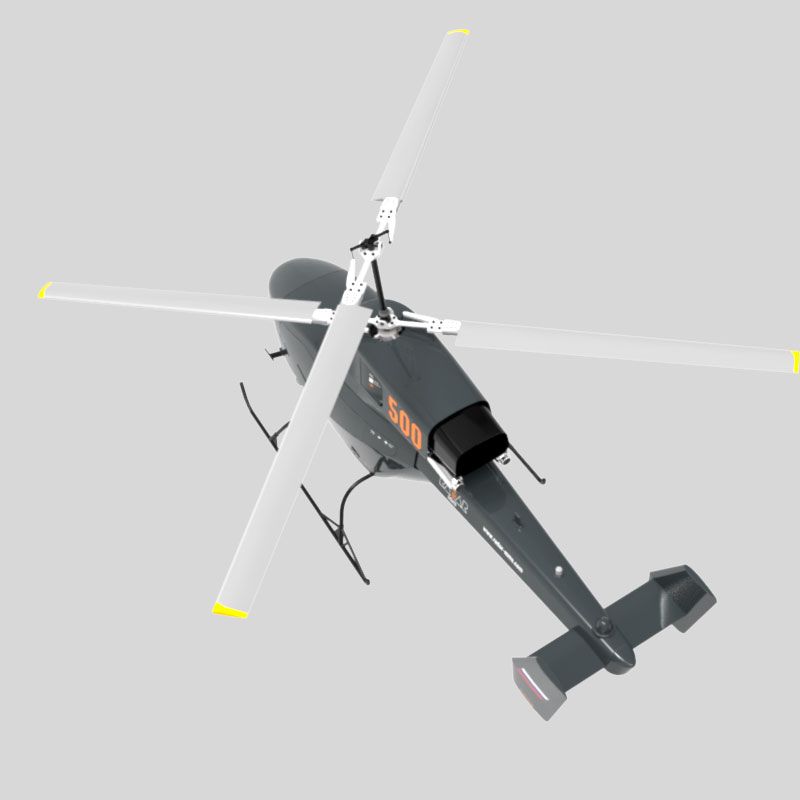
Overall, the workflow was found to be efficient and to provide similar accuracies as the ELM, but providing operational advantages in such challenging scenarios as in forest monitoring, large-scale autonomous mapping tasks, and real-time applications. The proposed atmospheric correction was found to be practical and it decreased the high-altitude NRMSEs to 1.3%–2.6% for VIS bands and to 2.3%–5.3% for NIR bands. Significant atmospheric effects appeared already at 50 m flight altitude. In the high-altitude images, taken at 100–150 m altitude, the NRMSEs without atmospheric correction were within 1.4%–8.7% for VIS bands and 2.0%–18.5% for NIR bands. The system's low-altitude reflectance factor accuracy was assessed in a flight experiment using reflectance reference panels, where the normalized root mean square errors (NRMSE) were less than ☒% for the light panels (25% and 50%) and less than ±4% for the dark panels (5% and 10%). In laboratory tests and in a flight experiment, the FGI AIRS tilt-corrected irradiances had accuracy better than 1.9% at solar zenith angles up to 70°. The sensor system consists of a hyperspectral camera (Rikola HSI, by Senop) and an onboard irradiance spectrometer (FGI AIRS), which were both given thorough radiometric calibrations. A novel atmospheric correction method is also introduced, using two reference panels, but, unlike in the ELM, the correction is not directly affected by changes in the illumination. The objective of this study was to develop and assess a drone-based workflow for direct reflectance transformation and implement it on our hyperspectral remote sensing system. This method requires the sensors to be calibrated with higher accuracy than what is usually required by the empirical line method (ELM), but consequently it offers benefits in robustness, ease of operation, and ability to be used on Beyond-Visual Line of Sight flights.


In a direct reflectance transformation method, the drone is equipped with a camera and an irradiance sensor, allowing transformation of image pixel values to reflectance factors without ground reference data. A significant shortcoming complicating their usage in quantitative remote sensing applications is insufficient robust radiometric calibration methods. Multi- and hyperspectral cameras on drones can be valuable tools in environmental monitoring.


 0 kommentar(er)
0 kommentar(er)
